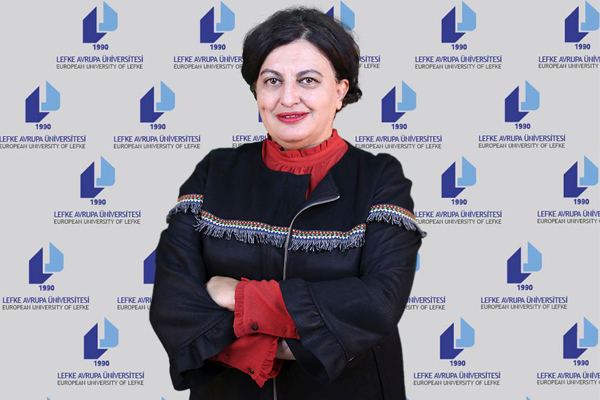EUL Academician Aslay explained First Aid in Drowning

European University of Lefke (EUL) Faculty Member Asst. Prof. Dr. Semra Aslay made statements about ‘First Aid in Drowning’.
‘In drowning in water, the trachea is reflexively narrowed and water does not go to the lungs. Therefore, the victim can be resuscitated by starting first aid as soon as possible,’ Aslay said and stated that trying to get the victim out of the water requires discipline in itself. Aslay continued as follows; Those who cannot swim should not enter the water for rescue purposes and should call the emergency hotline and ask for help from the environment. People who know how to swim should know that this is not enough to get the victim out of the water and that swimming is more difficult than normally when two people are swimming, especially when one of them is unconscious or in a panic. The person in danger of drowning is in a state of panic. Therefore, he/she may pull the rescuer under the water while trying to get him/her out of the water. Throwing a rope, a piece of wood, a long stick, or a lifebuoy from the shore can help the victim to calm down and hold on. In order to rescue the unconscious person, the rescuer should know how to stroke with one arm while grasping the victim’s chest with one hand and keeping the head and neck above the water. After the victim is taken out of the water, it is necessary to lay the victim on a flat surface immediately and ensure airway patency. Since it is not known exactly how the event occurred, it should be treated as if there is a risk of trauma to the neck. The jawbone is pushed slightly forward and the tongue is pulled forward if necessary and the air is allowed to enter the oral cavity. Immediately afterwards, the chest cage is observed to rise and fall. The pulse is checked by gently pressing with the tip of two fingers of one hand, only on one side of the neck. In cases where the chest rise and fall required for breathing is not observed, basic life support should be switched to quickly if no pulse is obtained. Unlike other basic life support applications, since the cause of drowning in water is almost always the lack of oxygen in the lungs, a deep rescue breath should be given twice through the mouth of the victim. For the rescue breaths to be effective, the nose is closed with one hand from the front side so that the nostrils of the victim are closed simultaneously. On the other hand, the jawbone is grasped to open the mouth clearly and the victim’s mouth is opened. After two rescue breaths, a heart massage should be started without stopping. This process should be continued so that 2 rescue breaths are given after every 30-heart massage. The heart massage should be applied by making a fist with both hands so that it coincides with 1/3 left of an imaginary line drawn from the midline of both nipples.
Aslay expressed that the most appropriate method to learn proper heart massage and rescue breathing is to attend first aid courses intermittently and added: ‘According to the figures of the World Health Organisation, more than 250 thousand deaths due to drowning occur annually, more than ¾ of which are under the age of 14 and this figure means that 650 people die daily due to drowning.’
Aslay concluded his words by saying, ‘Therefore, in places where the depth of the water is not sure, alone, on beaches where there are no lifeguards, in the presence of additional chronic diseases, when swimming is not known well, in situations where there is no possibility of sun protection between 10.00-16.00 hours, if there are more than one child in the environment, in environments where there are not at least two adults who know how to swim, not swimming in stagnant and deep waters is actually the most appropriate behaviour that prevents the danger of drowning.’
